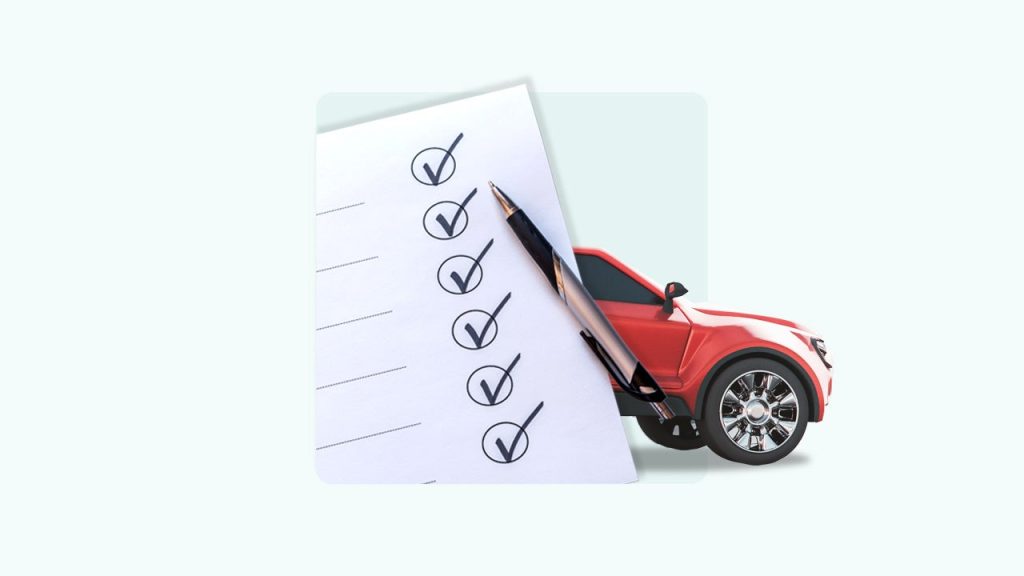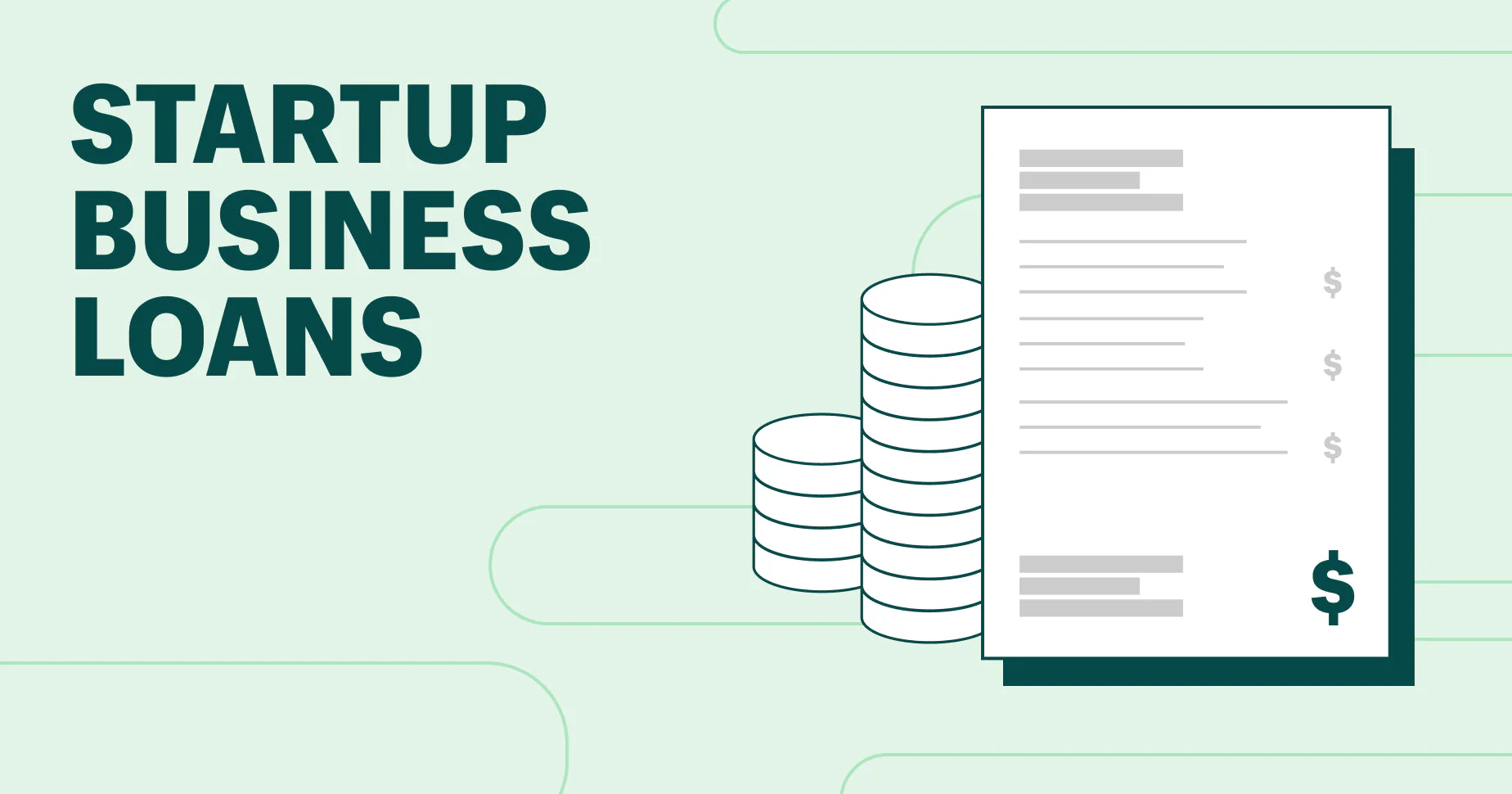Acquiring a car is a significant financial step, and for many Filipinos, an auto loan is the key to making this dream a reality. However, the auto loan application process can be a daunting experience, often leading to confusion and delays due to incomplete documents or a lack of preparation. A successful application hinges on more than just a good credit score; it requires meticulous preparation of all necessary documents and a clear understanding of the lender’s eligibility criteria. This comprehensive guide serves as your essential Auto Loan Application Checklist, detailing what to prepare for approval and helping you navigate the process with confidence, whether you are a locally employed professional, a self-employed business owner, or an Overseas Filipino Worker (OFW).
1. The Core Eligibility Requirements for an Auto Loan
Before you even begin gathering your documents, it’s crucial to understand the fundamental criteria that lenders use to assess your eligibility. These requirements are standard across most major banks in the Philippines, as they serve as the first line of defense in mitigating lending risk.
Age, Income, and Residency Status
The first and most basic requirement for an auto loan is age. Most banks require the applicant to be at least 21 years old at the time of application. Furthermore, your age upon the loan’s maturity should not exceed a specific limit, which is typically 65 or 70 years old. This ensures that the loan is paid off during your productive working years.
The most critical factor, however, is your income and financial stability. Lenders will not only look at the amount of your gross monthly income but also its consistency. A stable source of income is paramount, and most banks set a minimum gross monthly income requirement, which can range from PHP 30,000 to PHP 50,000, depending on the loan amount and the bank. For a locally employed applicant, this means having a minimum of two years of employment history, with at least six months to one year in your current company. For a self-employed individual, a lender will require proof of a profitable business operation for at least two consecutive years. Lenders also evaluate your debt-to-income ratio (DTI), which measures your capacity to pay. A lower DTI ratio, where your total monthly debt payments are a smaller percentage of your income, will significantly increase your chances of approval.
Finally, your residency and citizenship status are also a factor. Most auto loans are available to Filipino citizens, whether residing in the Philippines or abroad (OFW). Foreign nationals may also apply, but they typically need to be married to a Filipino citizen and reside in the Philippines, with additional documentation required to prove their residency and employment. Understanding these initial requirements is the first step in ensuring that your Auto Loan Application Checklist is in order and that you are a qualified candidate for a loan.
2. The Comprehensive Auto Loan Application Checklist
The documents required for an auto loan can vary slightly depending on your employment status. This section provides a detailed Auto Loan Application Checklist, categorized by the most common types of borrowers, to ensure you have everything you need before you submit your application.

Checklist for a Locally Employed Applicant
This is the most common borrower type, and the requirements are designed to prove your employment stability and income consistency.
- Application Form: A completely filled-out and signed auto loan application form.
- Identification: A photocopy of at least two valid government-issued IDs (e.g., Passport, Driver’s License, SSS/UMID ID, PRC ID).
- Proof of Billing: The latest original proof of billing under your name (e.g., utility bill, postpaid phone bill, or bank statement). If the bill is not under your name, you may need to provide a notarized letter from the owner.
- Proof of Income:
- Latest Income Tax Return (ITR): A photocopy of your latest BIR Form 2316 or the latest ITR with a bank stamp.
- Certificate of Employment (COE): An original copy of your COE stating your position, salary, and length of service in the company.
- Latest Pay Slips: Photocopies of your last three months’ pay slips.
- Bank Records: A photocopy of your bank statements or passbook for the last three to six months to show your savings and cash flow.
- Vehicle Documents: A pro-forma invoice or a car quotation from the accredited dealership.
Having these documents neatly organized and ready will not only make your application process faster but also demonstrate to the lender that you are a serious and prepared borrower. This is a critical component of a successful Auto Loan Application Checklist.
Checklist for a Self-Employed Applicant
For a self-employed individual, the lender needs to see a comprehensive picture of your business’s health and profitability. The documents required are more extensive and are designed to provide this insight.
- Application Form and Identification: Same as for a locally employed applicant.
- Proof of Billing: Same as for a locally employed applicant.
- Proof of Business & Income:
- Business Registration: A photocopy of your business registration papers with the Department of Trade and Industry (DTI) for a sole proprietorship or with the Securities and Exchange Commission (SEC) for a corporation.
- Audited Financial Statements (AFS): Photocopies of your latest two years of AFS.
- Latest Income Tax Return (ITR): Photocopies of your latest two years of ITR.
- Bank Statements: Photocopies of your bank statements or passbooks for the last six months, showing business transactions and cash flow.
- Business References: A list of three trade references, including suppliers and customers, with their contact details.
- Vehicle Documents: Same as for a locally employed applicant.
For a self-employed person, it is paramount that your financial records are well-organized and consistent. A clear and well-documented financial history is the key to a successful auto loan application.
Checklist for an Overseas Filipino Worker (OFW)
OFWs have specific requirements that account for their unique employment and residency situation. Lenders want to ensure that their income is stable and that they have a local representative who can manage the loan on their behalf.
- Application Form and Identification: Same as for a locally employed applicant, plus a photocopy of your valid passport with your work visa.
- Proof of Billing: Same as for a locally employed applicant.
- Proof of Income:
- Consularized Certificate of Employment: An original copy of your Certificate of Employment with compensation, notarized by the Philippine embassy or consulate in your country of employment.
- Valid Employment Contract: A photocopy of your latest employment contract.
- Proof of Remittance: Photocopies of your remittance slips or bank statements for the last three to six months to show a consistent flow of income.
- Representative Documents:
- Special Power of Attorney (SPA): An original and consularized SPA authorizing your co-borrower or representative in the Philippines to act on your behalf.
- Representative’s IDs: Photocopies of at least two valid government-issued IDs of your designated representative.
The role of the representative is crucial, so choosing a reliable family member is an important part of an OFW’s Auto Loan Application Checklist.
3. The Importance of Credit History and Other Key Factors
Beyond the documents, there are a few other critical factors that lenders consider. Being proactive about these can significantly improve your chances of approval and may even get you a lower interest rate.
Your Credit Score and Debt-to-Income (DTI) Ratio
Your credit score is a numerical representation of your creditworthiness. A high score tells lenders that you are a responsible borrower who pays your debts on time. Before applying for a loan, it’s wise to ensure your credit history is in good standing by paying all your credit card bills and other loans on time. A bad credit history is one of the most common reasons for a loan rejection.
Equally important is your DTI ratio. A lender will look at your existing monthly debt obligations (credit card bills, personal loans, etc.) and compare them to your gross monthly income. A low DTI ratio (typically below 40%) indicates that you have enough disposable income to comfortably manage the new loan’s monthly amortization. To improve your DTI, consider paying down some of your existing debts before you apply for an auto loan.
The Down Payment and Vehicle Information
The down payment you are willing to make is another significant factor. A larger down payment (e.g., 30% instead of the minimum 20%) reduces the loan amount, which in turn reduces the bank’s risk. A larger down payment can also help you secure a lower interest rate and a more favorable loan term.
Finally, the vehicle itself plays a role. A new car from a reputable brand will have a much smoother approval process than a used or second-hand car. For a pre-owned vehicle, the lender will conduct a thorough appraisal to determine its market value and may have stricter requirements regarding the car’s age and mileage.
Conclusion
A successful auto loan application is the result of thorough preparation and a clear understanding of what lenders are looking for. By following this comprehensive Auto Loan Application Checklist, you can ensure that all your documents are in order and that your financial profile is as strong as it can be. From gathering your income documents and IDs to being mindful of your credit score and DTI, every step you take to prepare will bring you closer to securing your auto loan and driving away in the car of your dreams. Remember, a well-prepared borrower is a confident borrower, and confidence is a key ingredient in a successful loan application.













